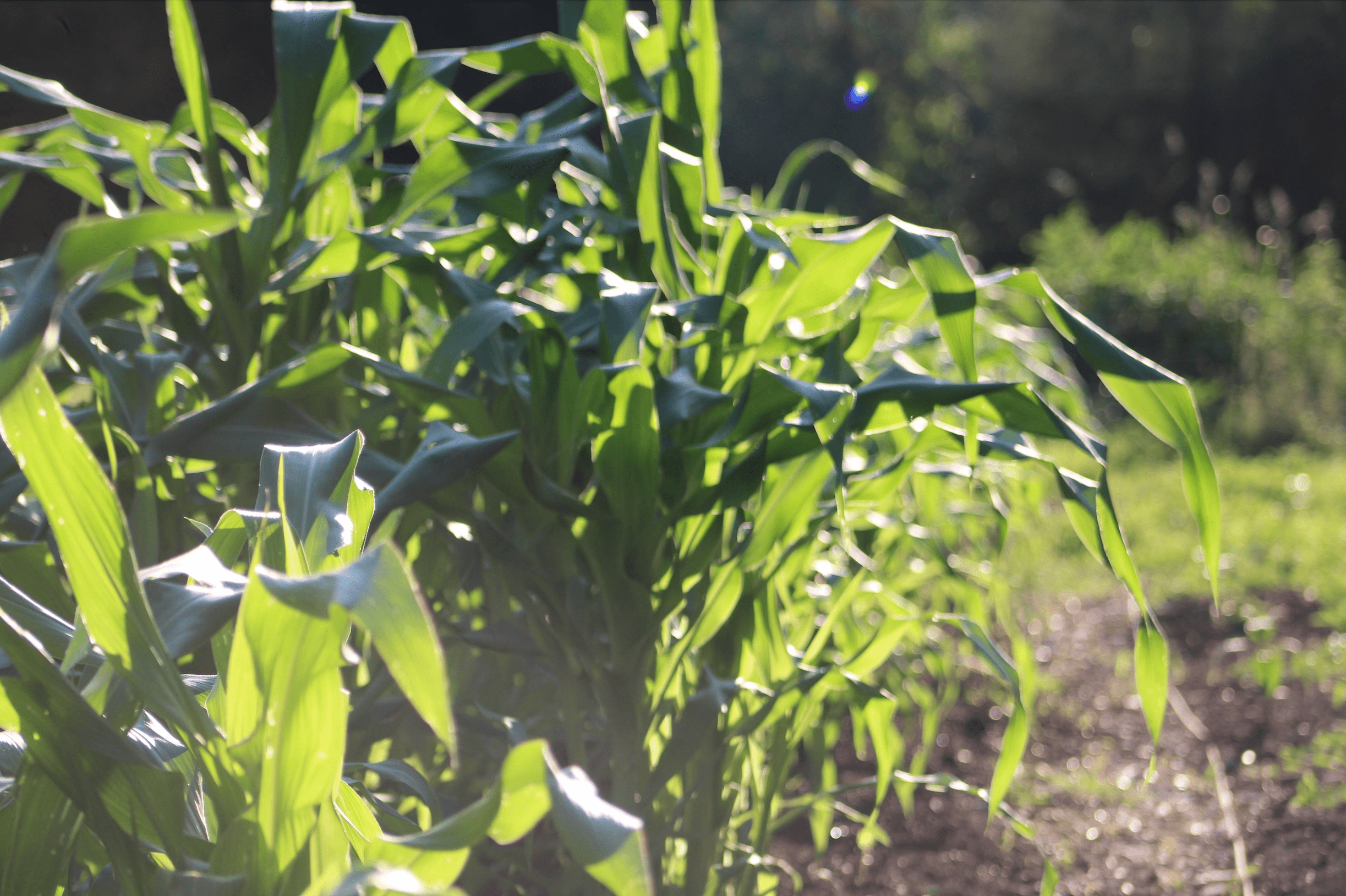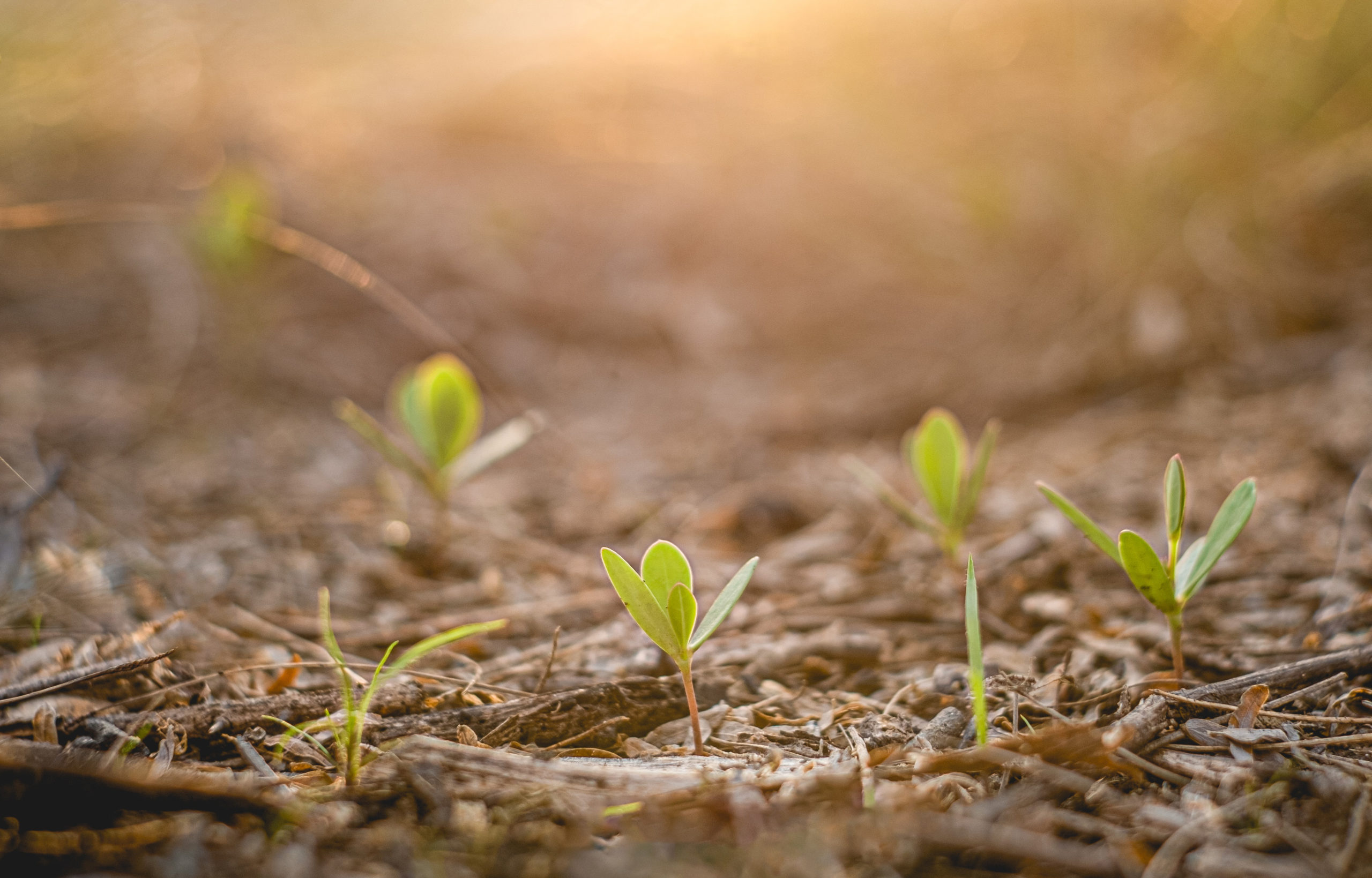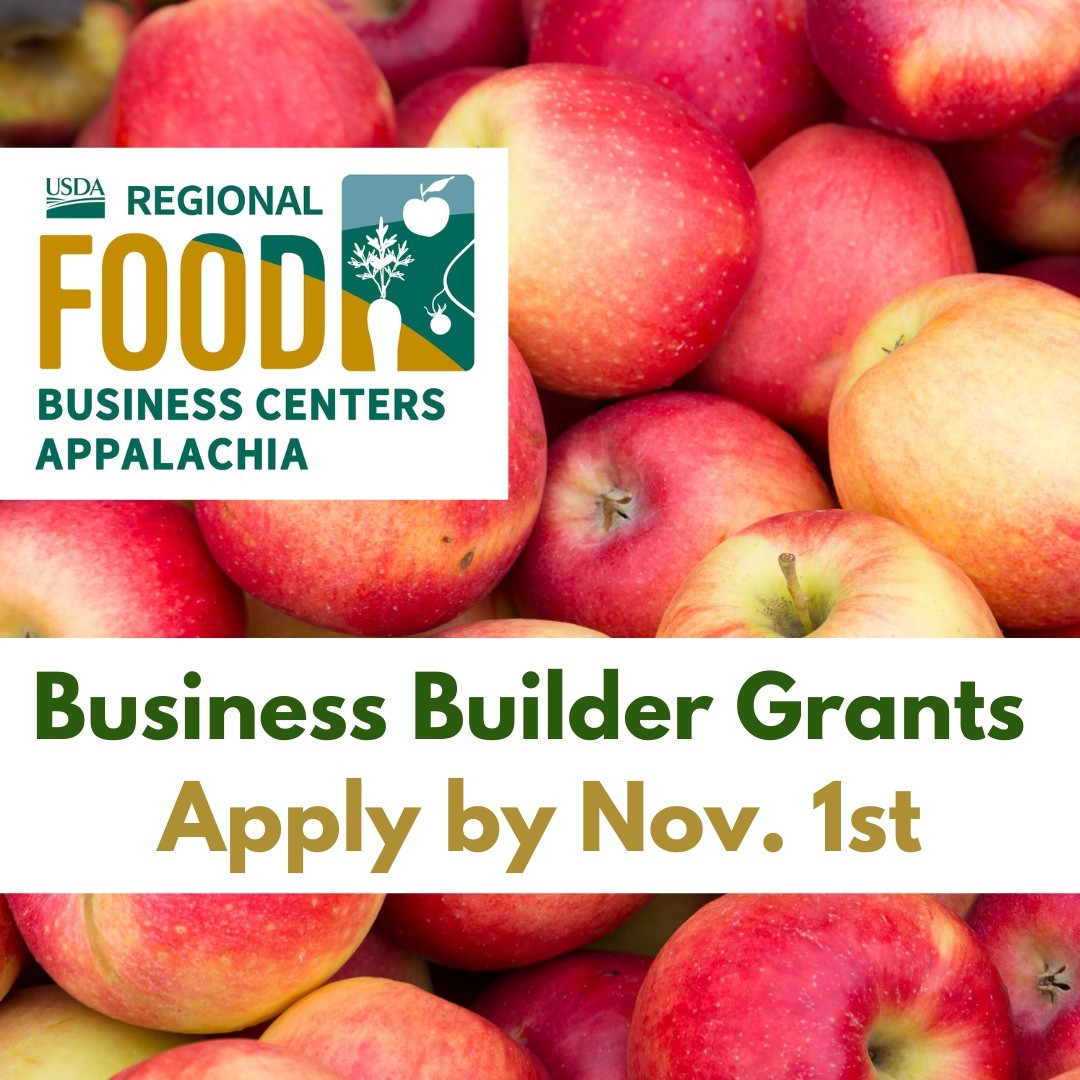By Danielle Kurtzleben from U.S. News and World Report
The auctions are unintentionally silent today at the Pine Lake Country Club. Plenty of farmers showed up on this drizzly fall morning, since it’s too wet to harvest. But as auctioneer Joel Ambrose tries to sell first one, then another field to the 40 or so farmers gathered in a golf clubhouse outside this town of 2,700, the bids are few.
To be fair, many attendees came with no intention of bidding. Land auctions are a spectator sport for some – one retired farmer in the crowd says he, like many others, is killing time on a slow day. For others it’s a way to keep an eye on the market as they prepare to sell land of their own or buy new parcels. And for many, it’s a way of knowing which neighbor is willing and able to shell out thousands of dollars an acre.
[READ: Why You Should Care About the Farm Bill]
Today’s quiet auctions are an example of a broader pattern taking place across the upper Midwest, as a land market that was booming just a few months ago flattens out.
Over the past decade, the jump in land prices has been nothing short of astounding. The national average cropland value was at roughly $2,170 an acre as of 2004, in 2013 dollars. In 2013, the value had nearly doubled, to $4,000 per acre, according to U.S. Department of Agriculture figures. And while nationwide cropland values grew at these remarkable rates, they have risen by leaps and bounds in the grain belt states. USDA data show South Dakota cropland values grew by 28.6 percent from August 2012 to August 2013. In Nebraska, it was 17.8 percent. In Iowa, it was 20 percent. And in North Dakota, it was an astounding 36.3 percent.
But the growth is slowing. In Iowa, home to some of the most valuable cropland in the nation, farmland values rose by only 1.2 percent from March to September, according to a September survey from the Iowa Realtors Land Institute. That’s a marked slowdown from the 10.6 percent average increase the state saw over the prior 12 months. And in three of the nine districts reporting figures, prices fell. Other upper Midwestern states are showing similar patterns as well.
“Dirt Dealer” Jeff Obrecht, left, negotiates with a seller and potential buyer Joe Ludley, right, over a 160-acre farm. (Danielle Kurtzleben for USNWR)
The stall in prices is evident at today’s auction. As Ambrose calls the auction, the bidding sticks at $7,500 an acre. Jeff Obrecht, the realtor running the auction, interrupts.
“OK, everybody. We’ve got $7,500 on the farm. I cannot sell it for $7,500 right now,” says Obrecht in a voice made gravelly by a cold, which has prevented him from auctioneering today. “And everybody’s gonna say, ‘What do you gotta have?’ I need $8,000.”
The farmers study the land information sheets Obrecht passed out at the start of the auction — legal-sized pieces of paper that explain exactly what a buyer will get. This parcel is 104 acres, with 100 acres of cropland. It scores a 70.2 out of 100 on the corn suitability rating scale, a measure of soil quality that predicts how well a field will grow row crops like corn and soybeans. Maps show the location and a satellite view of the land, and yet another multicolored map shows in great detail the different types of soils in different parts of the field (today’s bidders know, for example, that 17.2 percent of the field is made up of a soil type called Colo-Ely silty clay loam).
Obrecht tells Ambrose to go again, and the auctioneer calls to a quiet room for another minute before Obrecht steps forward and interrupts.
“We’re gonna no-sale it at $7,500,” he tells the crowd. He then disappears to confer with the seller. Several bidders pick up their cell phones and walk outside. Ten minutes and several hushed conversations later, Obrecht writes “$7,596” in green marker on the whiteboard at the front of the room. It took some finagling, but he found his buyer.
[ALSO: Ranchers Recover From Drought Without Congress]
On the second parcel, a 160-acre area (65.3 on the corn suitability rating scale) that includes a farmhouse, the selling is no better. Ambrose starts the bidding at $4,100 but, after a few minutes assisted by Obrecht’s occasional interjections (“It’s worth it!”), he cannot get the bidders to move past $4,500 per acre – $500 below what Obrecht says he needs to sell the land.






